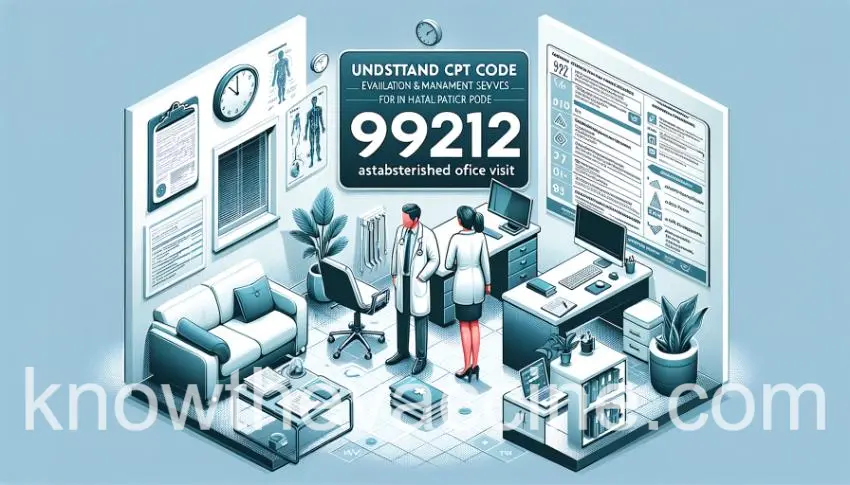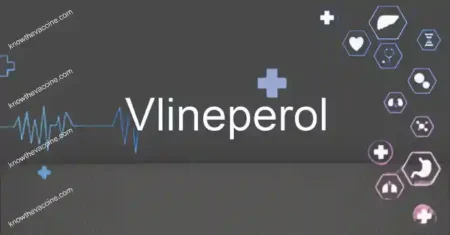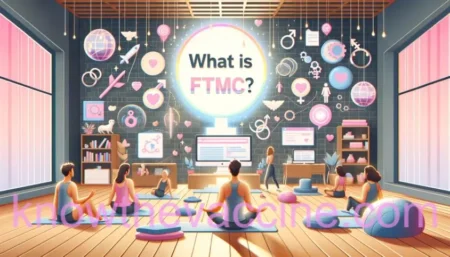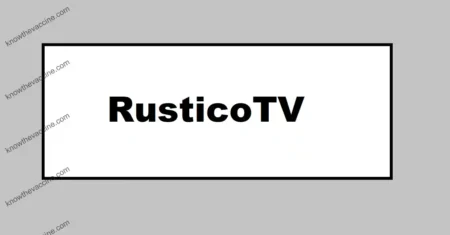
The 99212 CPT code is an important medical billing code used to report evaluation and management services provided to established patients in an outpatient setting. This article provides a comprehensive overview of CPT code 99212, including its official code description, lay description, billing guidelines, documentation requirements, typical patient scenarios, RVUs, modifiers, and more.
What is the 99212 CPT Code?
The Current Procedural Terminology (CPT) code 99212 is defined by the American Medical Association (AMA) as:
Office or other outpatient visit for the evaluation and management of an established patient, which requires a medically appropriate history and/or examination and straightforward medical decision making. When using time for code selection, 10-19 minutes of total time is spent on the date of the encounter.
In plain language, 99212 is used by healthcare providers to bill for a routine follow-up office visit for an established patient that is straightforward and requires limited decision-making.
99212 CPT Code Description and Guidelines
Some key characteristics of 99212 per CPT billing guidelines:
- Used for established patients only – patients the provider has seen before
- For follow-up visits, not initial or consult visits
- Requires face-to-face contact between patient and provider
- Covers medical decision-making of low complexity
- Total time spent is 10-19 minutes (when time is used to select code)
- Examples include blood pressure checks, medication refills, simple rash follow-ups
Documentation Needed for 99212
To appropriately bill 99212, thorough documentation in the medical record is needed to support the key components, including:
- Patient History – Review of 1-3 systems (e.g. respiratory, GI) with brief 1-2 sentence description. Not a complete history.
- Physical Exam – Limited exam of affected body area or organ system.
- Medical Decision-Making – Minimal problems were addressed during the visit. Diagnosis is established, not new. Management is straightforward.
The overall complexity of care must be low.
Examples of Appropriate Use of 99212
Here are some examples of the appropriate use of the 99212 CPT code based on typical clinical scenarios:
- Follow up on Hypertension – 15 min encounter to check blood pressure, adjust medications, and provide refills. Straightforward management.
- Eczema Follow-Up – 10 min visit to check current rash, and renew topical cream. Limited decision-making.
- Depression Medication Check – 15-minute appointment to discuss side effects and adherence. Minimal focused history and exam.
99212 RVUs
Relative value units (RVUs) are a measure of the resources required for a service like 99212. This includes physician work, practice costs, and malpractice expenses.
The 2023 national average RVUs for 99212 are:
- Total RVUs: 1.22
- Work RVU: 0.48
- Practice Expense RVU: 0.59
- Malpractice RVU: 0.15
These RVUs are used along with conversion factors to determine Medicare reimbursement. Locality adjustments apply.
99212 Modifiers
Certain CPT modifiers can be appended to 99212 to indicate additional factors that may impact reimbursement:
- Modifier 25 – Add if separately identifiable E/M service also completed the same day
- Modifier 57 – Add if related E/M by the same physician during the post-op period
- Modifier 24 – Unrelated E/M during the post-op period by the same physician
Using modifiers appropriately helps provide proper reimbursement.
99212 vs. Other E/M Codes
CPT code 99212 represents a low-level outpatient visit for established patients. Key differences vs. other common E/M codes:
- 99211 – Minimal presenting problems. 5 minutes face-to-face time.
- 99213 – Low complexity. 2/7 elements history and exam. 15-29 min typical time.
- 99214 – Moderate complexity. Detailed history, expanded problem-focused exam. 25-39 min typical time.
- 99215 – High complexity. Comprehensive history, comprehensive exam. 40-54 min typical time.
Select code level based on documentation, complexity, time, and key components.
Putting 99212 CPT Code Into Practice
Here are some key steps providers should follow when using 99212 in practice:
- Ensure the patient meets the definition of established
- Document history, exam, and decision-making in note
- Select code 99212 when overall complexity is low
- Use the time to select the code if a visit is 10-19 minutes
- Append modifier 25 if appropriate
- Include diagnosis codes
- Provide required signatures
Proper documentation and coding is key to accurate billing.
Documentation Requirements
Clear documentation of the services provided during the visit is critical to support the 99212 code billed and demonstrate the level of medical decision-making met. Documentation should include:
- Chief complaint and reason for the visit
- Relevant history of present illness
- Pertinent review of systems and past medical/surgical/family/social history
- Relevant physical exam findings
- Assessment and clinical impression
- Medical decision-making process and rationale
- Management plan and instructions to the patient
- Time spent with the patient face-to-face
All areas of the documentation must be consistent with the requirements and level associated with the 99212 code. The Lack of supporting documentation could result in claim denial or down coding.
No, 99212 requires an in-person office visit between the provider and the established patient. Telehealth services have different codes.
Use time as a tie-breaker. 10 min falls into 99212, while 19 min falls into 99213. Round to closest code.
No, you must meet all criteria linked to the code. Moderate MDM requires a higher E/M code.
Conclusion
CPT code 99212 is a low-complexity outpatient evaluation and management code for established patients. Proper documentation, code selection, and billing are important for accurate reimbursement.
Key components include straightforward MDM, brief history and exam, 10-19 minutes of face time, and established patient definition. Appending modifiers when warranted provides additional specificity.






